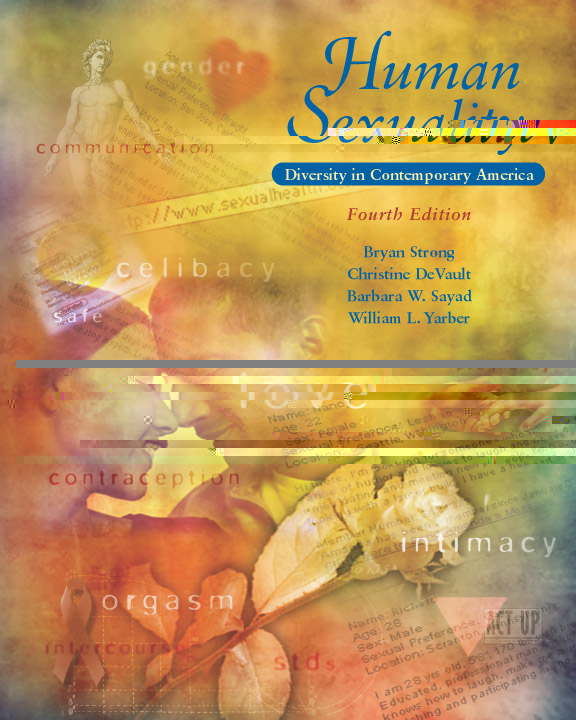 |  Human Sexuality: Diversity in Contemporary America, 4/e Brian Strong,
University of California, Santa Cruz
Barbara Werner Sayad,
California State University, Monterey Bay
Christine DeVault,
Cabrillo College
William Yarber,
Indiana University
Studying Human Sexuality
Chapter Outline- Sex, Advice Columnists, and Pop Psychology
- Information and Advice as Entertainment
- The Use and Abuse of Statistics
- Practically Speaking: Evaluating Pop Psychology
- Thinking Critically About Sex
- Value Judgments Versus Objectivity
- Opinions, Biases, and Stereotypes
- Confusing Attitudes and Behavior
- Common Fallacies: Egocentric and Ethnocentric Thinking
- Sex Research Methods
- Research Concerns
- Clinical Research
- Survey Research
- Practically Speaking: Answering a Sex Research Questionnaire
- Observational Research
- Experimental Research
- The Sex Researchers
- Richard von Krafft-Ebing (1840-1902)
- Sigmund Freud (1856-1939)
- Havelock Ellis (1859-1939)
- Alfred Kinsey (1894-1956)
- William Masters and Virginia Johnson
- Contemporary Research Studies
- The National Health and Social Life Survey
- The Youth Risk Behavior Survey
- The National Longitudinal Study of Adolescent Health
- The National Survey of Family Growth
- The National AIDS Behavior Survey
- The Multicultural Men’s Health Study
- Emerging Research Perspectives
- Feminist Scholarship
- Gay, Lesbian, Bisexual, and Transgender Research
- Directions for Future Research
- Ethnicity and Sexuality
- African Americans
- Latinos
- Asian Americans and Pacific Islanders
|
|



 2002 McGraw-Hill Higher Education
2002 McGraw-Hill Higher Education